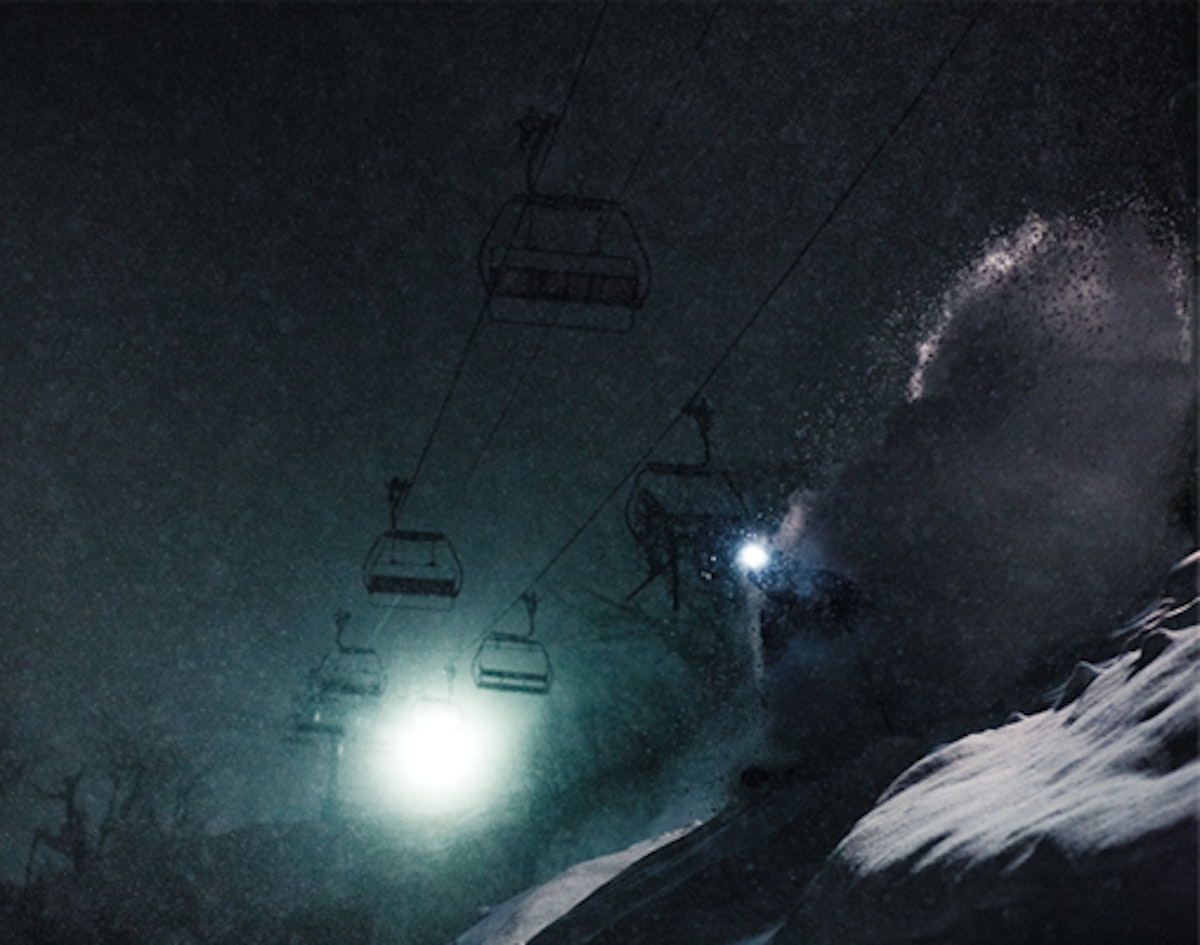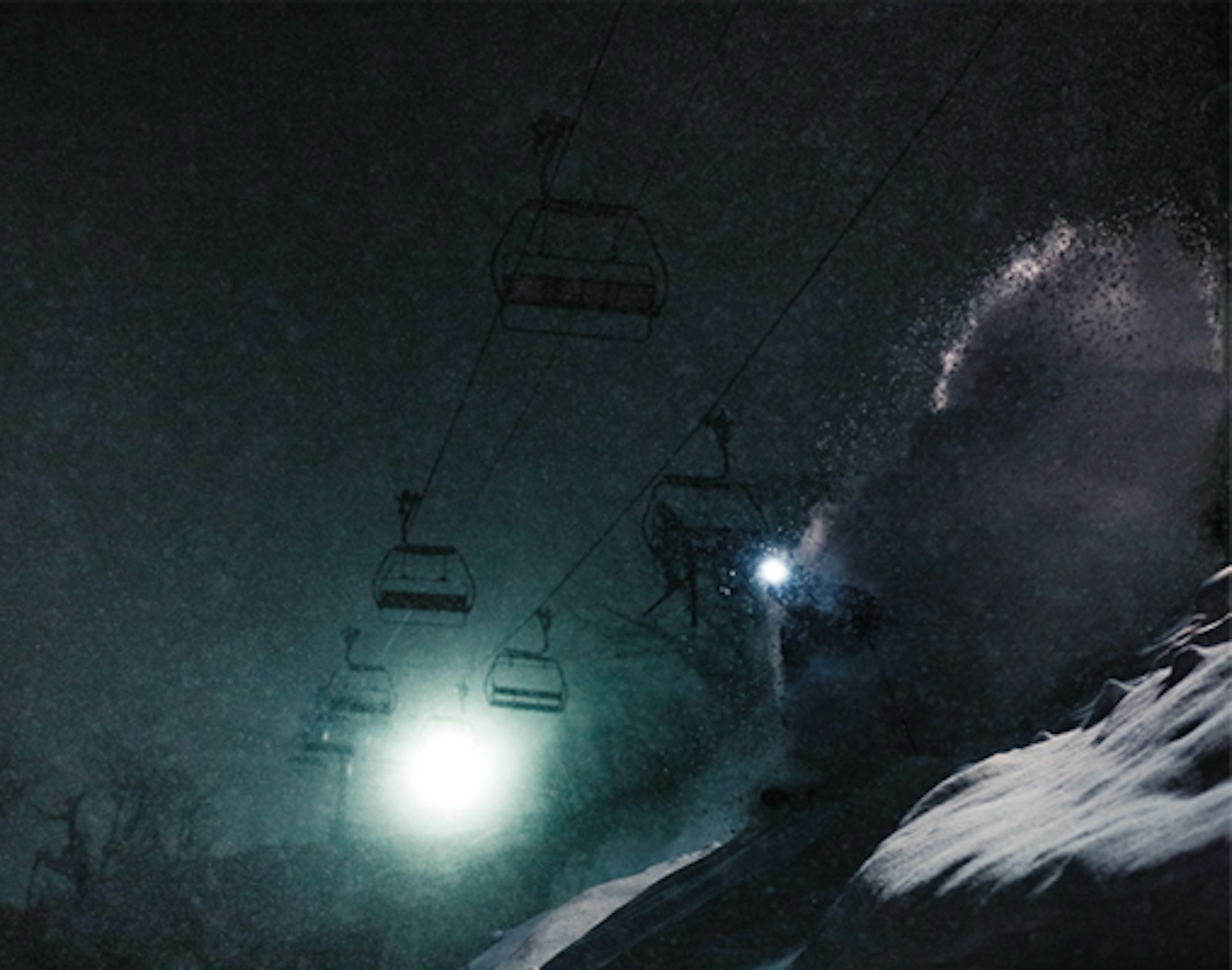This piece is a follow-up to the article featured in our 2013 Photo Annual, How To: Be a Wildly Successful Ski Photographer.
So, I’m a jerk. I wrote a sarcastic, rude and pointless piece for the January 2013 edition of Freeskier making fun of photography. But seriously, what about photographers isn’t worthy of a little rib poking these days? And everyone loves to make fun of Instagram (and, by association, KC Deane). On the other side of the coin, photography is a special, well, thing. Art. Medium. And skiing is a sport especially well suited to combine with the still image—given the radicalness of skiing. And here is the disclaimer: As much as I am focused on the end product of printed photography, there is great value in sharing the image of skiing with everyone from magazine readers to random Instagram followers. So go forth, you masses, and share your photos. If you want to take the next step, feel free to read on.
Be true
There are two sides to this tenet of ski photography. First, as photo editor of Freeskier, I can definitively say that when there is a missed grab or questionable style I will pass over the photo. Sunset? Hundred foot kicker? Doesn’t matter if the skier’s hand is hanging out three inches from the ski. The second side is that you should get into ski photography because you care about skiing. If that’s true, you would never let that missed grab, line that wasn’t stuck or cheesy shot be seen. If you believe in what you are doing, telling the story of skiing one frame at a time, you are challenged and your photography will become a part of the history of skiing.
Be curious
The most valuable piece of my career as a photographer has been the search for understanding images and the process of making them. Whether it is long nights poring over photo submissions and photo magazines, years of shooting, days of watching ski flicks, hours spent reading photography theory and technique texts, or long days trying to recreate a certain photograph—through feeling, light or technique—there is no substitute for the constant exploration of each aspect of photography.
The print rules all
It would be easy to say that a certain camera will make the right photograph. Luckily that is not true. When we pick photos to run in Freeskier, one question is greater than anything else: how will the image look printed on the page? Is it sharp, is the action on point, does the moment impress you, does the photo pop off the page (color, light or depth), does it make you feel funny inside? All those are aspects of the final pick. But we never ask what camera took the image or whose name is associated with it (athlete, photographer or sponsor). The final printed image is what makes a photograph special.
Getting started
Sure, it helps to have friends who are special as skiers. You can always get better technically as you take advantage of their talent. But you also can work with any skier (or athletes doing other sports, from football to skateboarding) to develop your skills and photographic voice. To be frank, being able to get in the right spots is very important in ski photography. You need to be in shape, fearless and dedicated. At the start, it pays off to be ready to spend months on the road, hours in the cold and to be prepared to prove yourself by being ready, rain or shine, morning or night. And when you find yourself in the best, or worst, situation, do one thing: shoot. Whether it is at your local hill, in Alaska, at an amateur event or in the thick of the X Games scrum, you will find interesting stories and learn how to capture them.
Edit
What follows the dedication to shoot is the commitment and belief to edit your work. I use Adobe Lightroom to catalog and edit my photos. I tag photos on a one to five scale. One star is a photo I want to save because I need to learn from them. They will never see the light of day since I messed up: they aren’t sharp, the exposure is off, the technical aspects should be repeated but the action is off, or any number of other problems that make the photos un-printable. Two stars denote a decent photo that will only see the light of day if it is specifically needed: a boring lifestyle, mellow trick or feature, or an image I find flat. Five means I want it to be printed as a double page spread or cover. The light is good, the action on point, the composition full. There is something that makes me sigh when I look at the shot.
Be ruthless when you submit your work, cut it down to the photos you really believe in. If a photo editor sees five great photos they will get back to you and ask to see more. You can always tell them, “There’s more where those came from.” And don’t be afraid to reach out to editors and other photographers to ask for feedback learn what can make your images better.
Go further
The beauty and the curse of ski photography is the action. A technically perfect shot of the newest trick may get published. A shot of a deep powder turn by a skier wearing the newest gear (2014, natch) will get published. I hope you want to go further. Soaking up—devouring—other forms of art and expanding beyond what you have seen can take your work beyond what even the oldest, most jaded photo editor wants to publish. Force photo editors to appreciate your vision. The artist John Baldessari said it best: “I will not make any more boring art.”
Finally
You can always ask questions. I spent years trying, and asking about, the most basic technical BS. There are many photographers out there willing to share with you either directly or through their blogs; ask questions and move on if you don’t get a response. Workshops are another great resource. I’ve taken a few courses at the Santa Fe Photography Workshops that have been invaluable. Scott Markewitz runs courses on ski photography (including January 31-February 3, 2013) and the High Cascade photo workshop (every summer) is the closest you will get to being pre-ordained into photo stardom. (Just be prepared to snowboard for the week and ignore any shit they give you for being a skier. Snow photography is snow photography and HCSC photo workshop is the epicenter of action shooting.) Workshops are more focused than general photography schooling and a great way to immerse yourself in all aspects of photography, especially by forcing yourself to shoot beyond your own self-conscious constraints.
Beyond all of that, believe in yourself and be hungry to learn and improve each day. Post your questions in the comments below and I will respond for all to see.



![[GIVEAWAY] Win a Head-to-Toe Ski Setup from IFSA](https://www.datocms-assets.com/163516/1765920344-ifsa.jpg?w=200&h=200&fit=crop)


![[GIVEAWAY] Win a Legendary Ski Trip with Icelantic's Road to the Rocks](https://www.datocms-assets.com/163516/1765233064-r2r26_freeskier_leaderboard1.jpg?auto=format&w=400&h=300&fit=crop&crop=faces,entropy)




![[GIVEAWAY] Win a Head-to-Toe Ski Setup from IFSA](https://www.datocms-assets.com/163516/1765920344-ifsa.jpg?auto=format&w=400&h=300&fit=crop&crop=faces,entropy)


